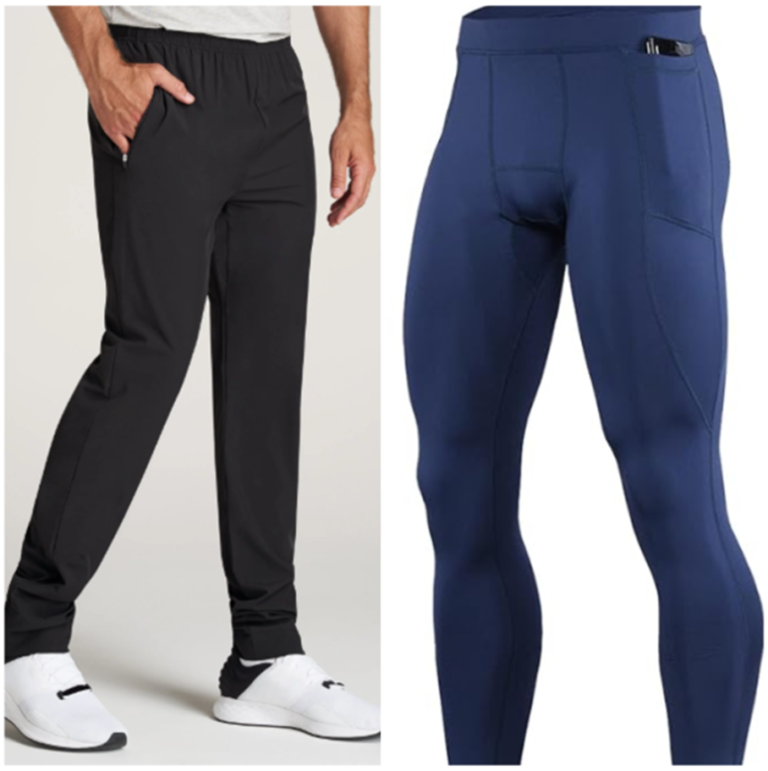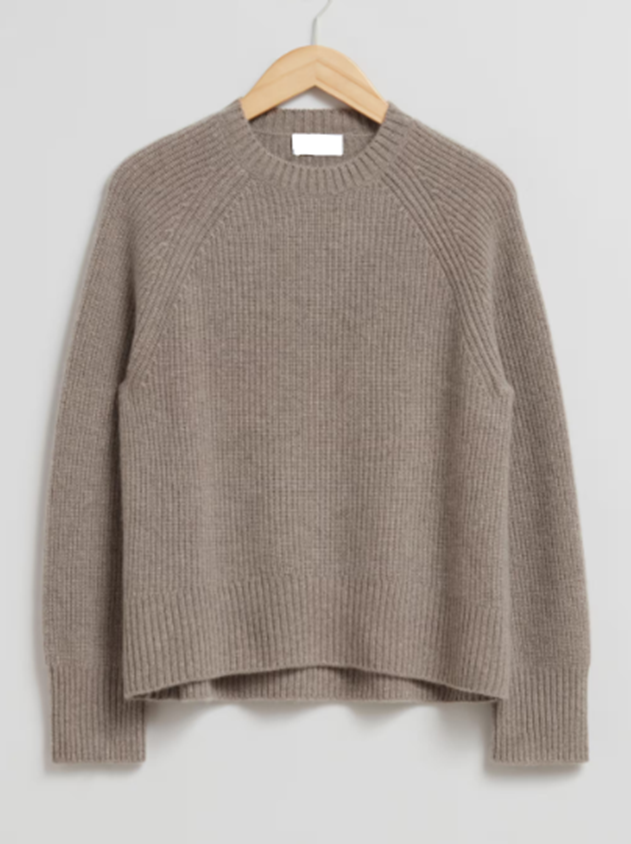Down or Synthetic puffer jackets? How to Pick Best for You
Puffer jackets are essential for winter wear. They are lightweight yet provide great warmth. However, down and synthetic puffer jackets differ significantly in material, insulation, and performance. Let’s explore the distinctions between these two types.

1. What is a Down Puffer Jacket?
Down puffer jackets are insulated with natural down feathers. These feathers usually come from ducks or geese. Down clusters trap air effectively, creating warmth. This insulation is soft, compressible, and lightweight. Due to these qualities, down jackets are popular in extremely cold climates. Down insulation provides a high warmth-to-weight ratio, which is excellent for outdoor activities.
2. What is a Synthetic Puffer Jacket?
Synthetic puffer jackets are insulated with man-made materials. These synthetic fibers resemble down but are often made of polyester. Brands frequently employ materials such as PrimaLoft and Thinsulate. Although synthetic insulation is often heavier than down insulation, it provides consistent warmth. It is also hypoallergenic, making it suitable for persons who are sensitive to feathers. Synthetic jackets are less expensive, making them available to a wider spectrum of purchasers.
3. Warmth and Insulation: Which Is Warmer?
Down puffer jackets are warmer for very cold temperatures. Down clusters have high loft, trapping heat effectively. This warmth is perfect for freezing temperatures and dry environments. However, synthetic puffers also offer good warmth, especially in milder winters. Advanced synthetic fills are improving in warmth, but they can’t yet match down for extreme cold.
4. Performance in Wet Weather: Down vs. Synthetic
Wet weather affects both down and synthetic insulation differently. Wet down jackets lose insulation, making them less effective. Moisture causes down feathers to clump, lowering their loft. In contrast, synthetic insulation works effectively in moist situations. Synthetic fibers are resistant to moisture and retain warmth even when damp. This feature makes synthetic puffers appropriate for rainy or snowy conditions.
5. Weight and Packability
Down puffers are exceptionally light and compressible. They fold up quickly, making them excellent for travel. When compacted, down coats occupy relatively little space. This function is beneficial to hikers and backpackers. Down puffers are often smaller and lighter than synthetic puffers. However, some sophisticated synthetic fillers are intended to be more compact. Overall, down coats continue to be the most lightweight and packable option.
6. Durability and Lifespan
Down puffer jackets often last longer. When properly cared for, high-quality down can last for years. Down holds its loft over time and provides consistent insulation. Synthetic coats may wear out faster, resulting in reduced insulating efficiency. The fibers in synthetic fill degrade with time, lowering warmth. However, synthetic coats are still robust and can last several seasons with proper care.
7. Cost Comparison
Down coats are usually more expensive than synthetic choices. Down is more expensive since feathers must be sourced. High-quality down coats are an investment that provides long-term benefits. Synthetic puffers are less expensive and so appeal to a larger audience. They provide robust warmth at a relatively affordable price.
8. Eco-Friendliness and Sustainability
Buyers are becoming increasingly concerned with sustainability. Down coats employ animal feathers, which raises ethical concerns. However, some products use responsibly sourced down that has been certified. Vegans appreciate synthetic coats since they do not include animal products. Many synthetic jackets are also made from recycled materials, which reduces their environmental impact. Depending on personal values, both solutions offer long-term alternatives.
9. Choosing Between Down and Synthetic Jackets
The choice depends on climate, activities, and personal preferences. Down is ideal for dry, cold climates, offering unmatched warmth. It’s perfect for people needing lightweight, packable warmth. Synthetic puffers suit wet or unpredictable climates, providing reliable insulation. They’re also better for those with feather allergies. Budget and sustainability may also influence your choice.
Down and Synthetic Jackets Have Distinct Strengths
Synthetic and down puffers both provide useful winter insulation. Down is light, packable, and ideal for extreme cold. Synthetic puffer jackets are inexpensive, durable, and perform well in damp circumstances. Each jacket type is designed to meet different needs and environments. With breakthroughs in materials, both options are evolving to provide more sustainable, high-performance heat.
RQ’s
Which type of puffer jacket is warmer?
Are synthetic puffer jackets better for wet conditions?
What’s the difference in weight between down and synthetic jackets?
Which option is more durable: down or synthetic?
Are down or synthetic jackets more eco-friendly?






